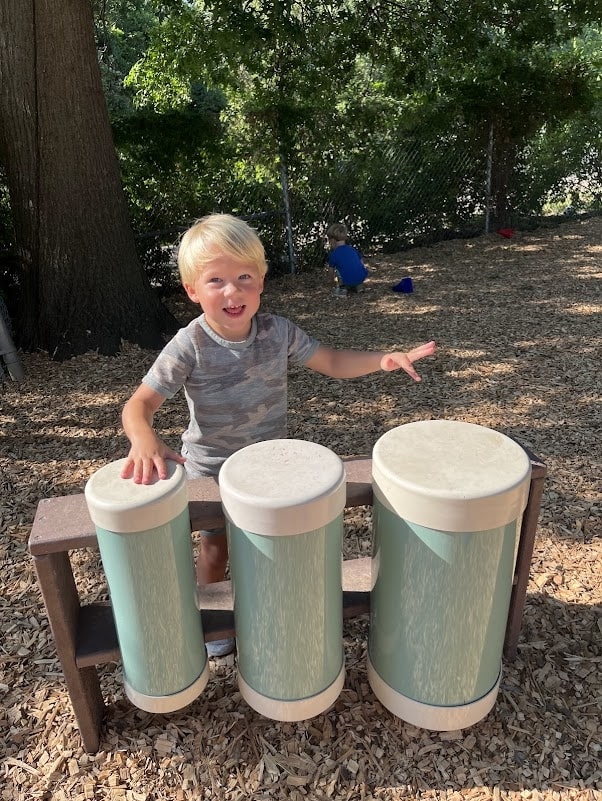At Creekside Montessori, we believe that introducing children to STEAM (Science, Technology, Engineering, Arts, and Mathematics) at an early age provides them with essential hands-on experiences that spark curiosity and foster a lifelong love of learning. Though some may think preschoolers are too young for subjects like technology and engineering, early exposure to these disciplines helps develop crucial communication, critical thinking, and problem-solving skills.
Creekside Montessori STEAM Program
Introduction to STEAM
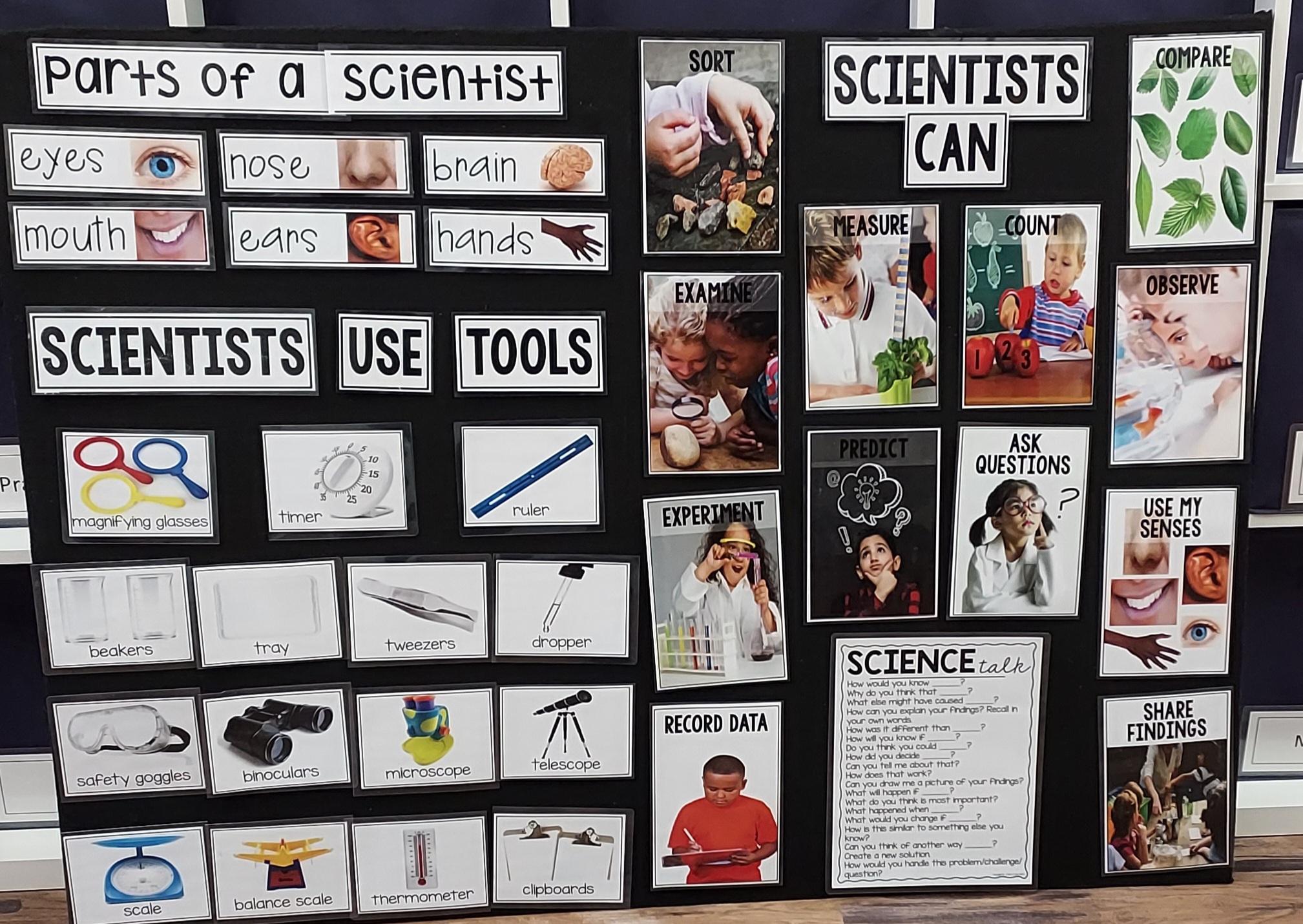
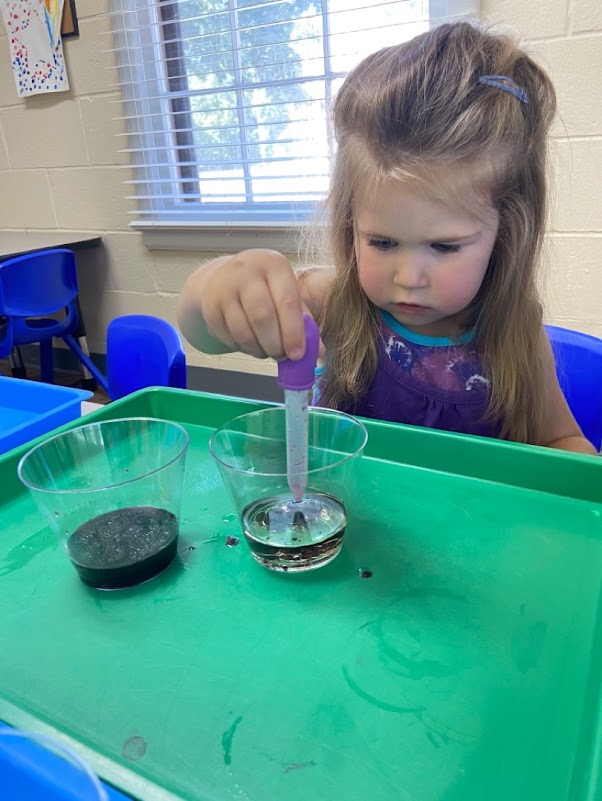
What is STEAM Education?
STEAM is an educational approach that engages learners in the sciences and arts, guiding their inquiry, communication, and critical thinking.
Objectives of STEAM Education
The primary goal of STEAM education is to provide children with authentic learning experiences that relate to real-world contexts. It involves multi-step questions, diverse problem-solving approaches, integration across disciplines, and an acceptance of failure as part of the learning process. In our early childhood setting, STEAM activities are open-ended and emphasize the creative process over the outcome, allowing children to explore and conclude independently.
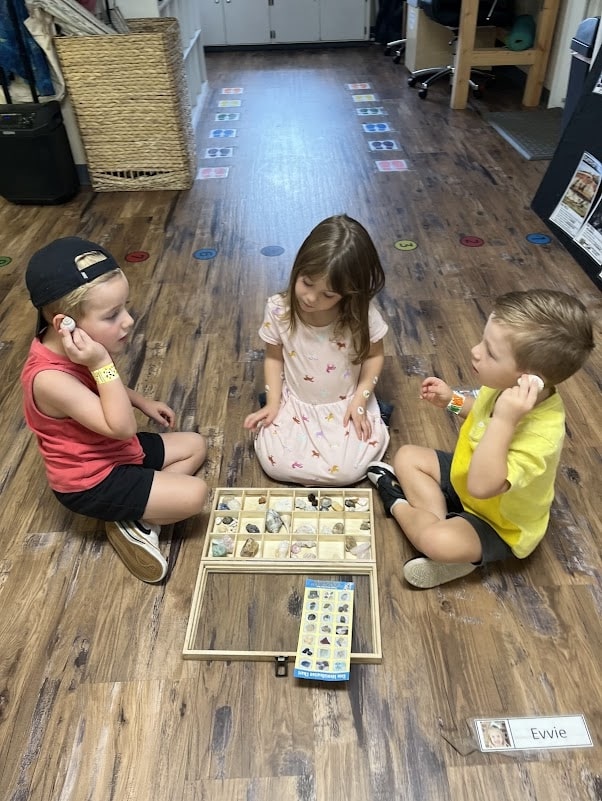
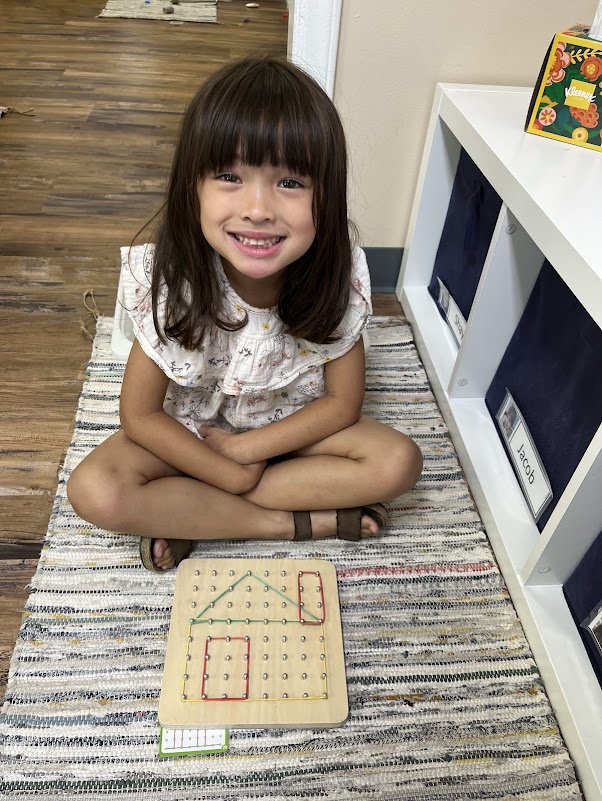
Integrating STEAM in Early Childhood Education
STEAM in early childhood is about blending science, technology, engineering, arts, and math into daily curriculum activities. For example, during block building exercises, children use blocks as tools (technology) and develop engineering skills by planning and adjusting strategies to prevent their structures from falling. They employ trial and error, a scientific method, and understand mathematical concepts like shapes and patterns by figuring out how different blocks fit together. Art is incorporated when children draw their creations, recording their work visually.
Exploring Each STEAM Discipline
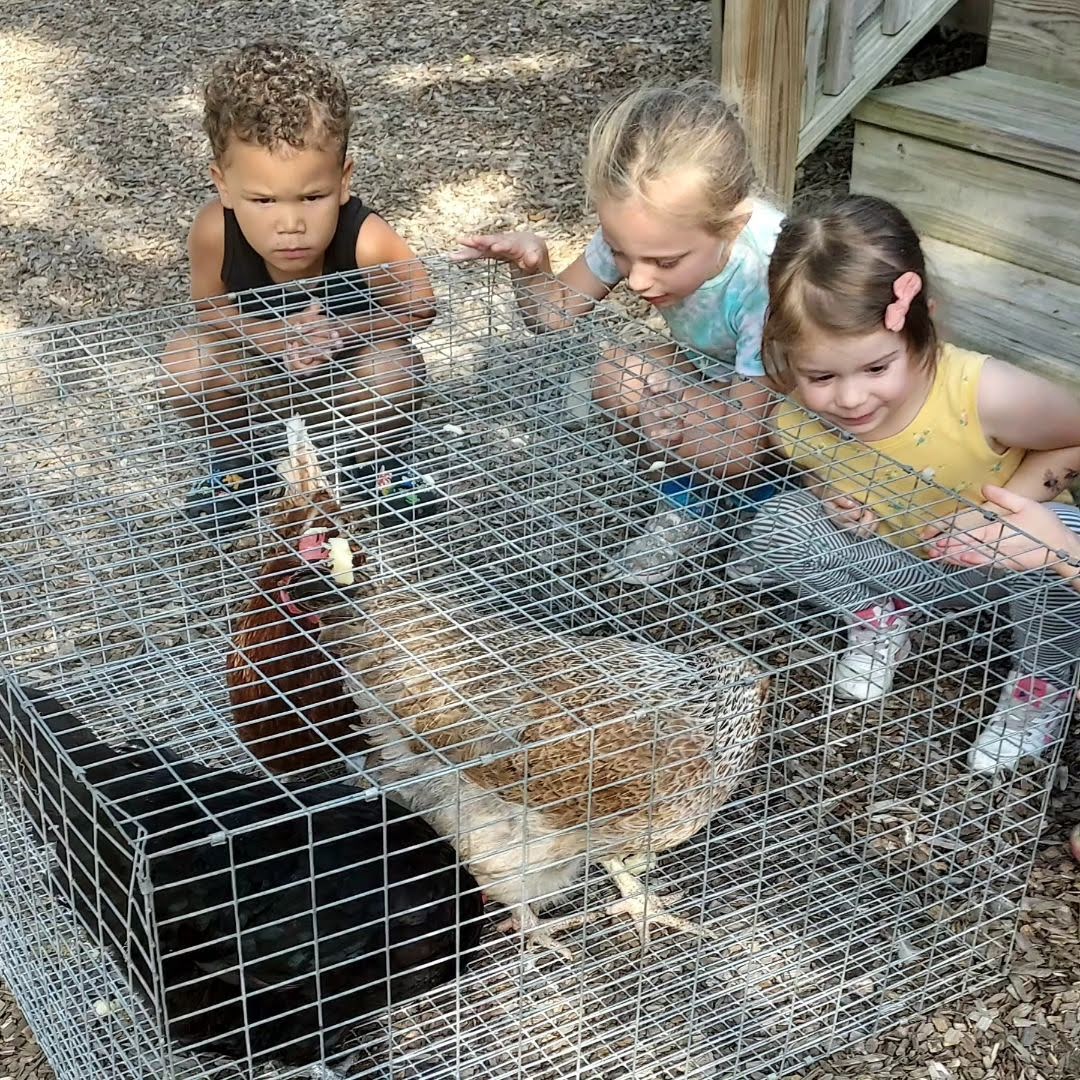
Science
Science activities allow children to understand the natural world through experimentation. They develop skills such as observation, questioning, describing, predicting, comparing, and sharing their findings.
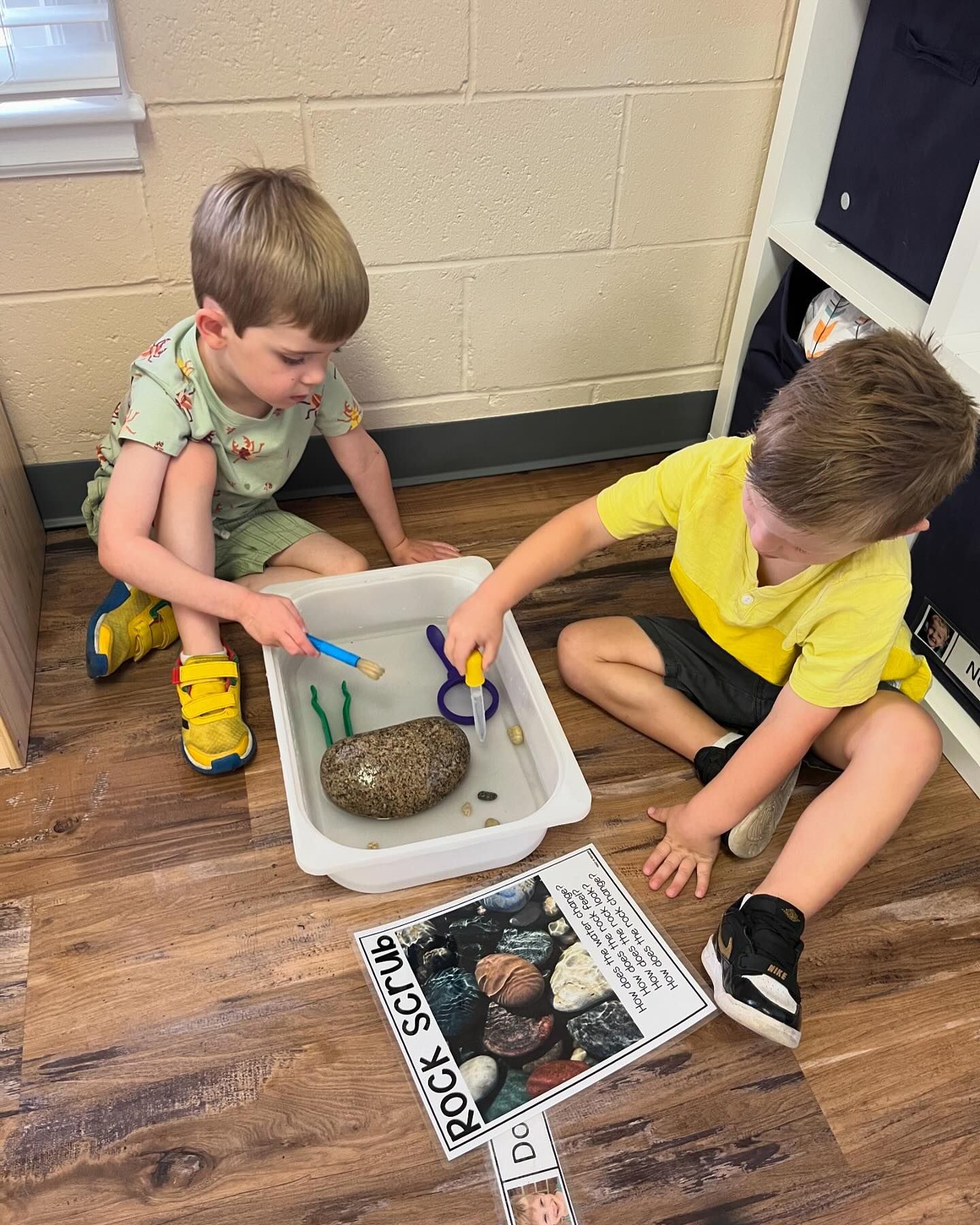
Technology
Technology in STEAM involves using tools to make tasks easier. It doesn’t necessarily mean screen time; technology can include simple tools like pencils, scissors, and magnifying glasses that preschoolers use to explore and create.
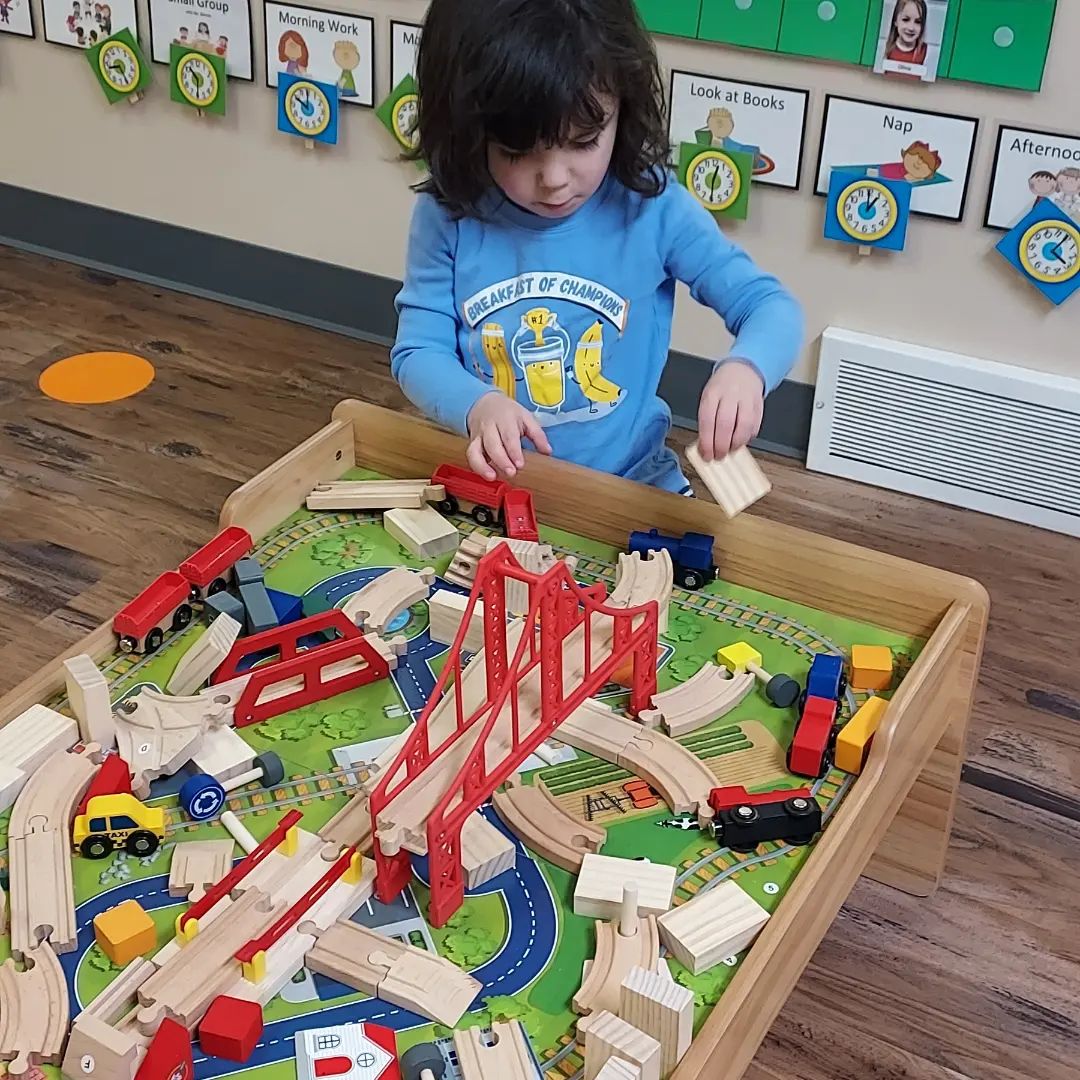
Engineering
Engineering encourages problem-solving through building and designing. Children naturally engage in engineering activities, such as understanding gravity and balance when playing with blocks and rethinking their designs when structures fall.
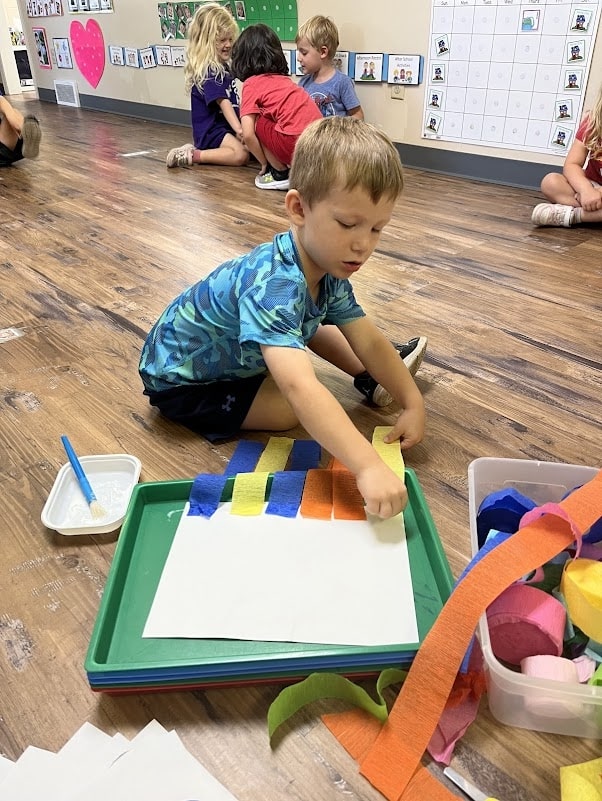
Art
Art enables children to express themselves and communicate their ideas. Activities like drawing, painting, dancing, singing, or acting help them articulate concepts they have learned.
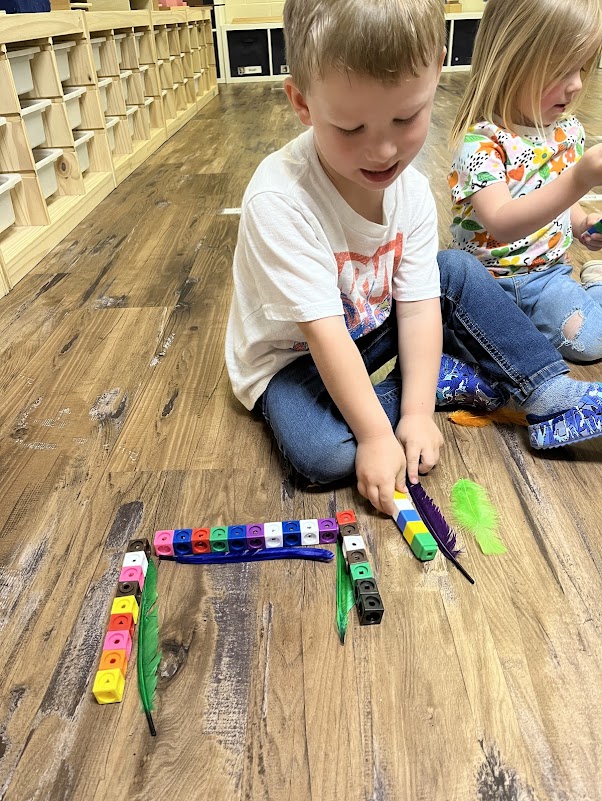
Math
Math helps children understand relationships among numbers, patterns, and shapes through activities like measuring, counting, sorting, comparing, and sequencing. These activities are integrated into everyday play, both indoors and outdoors.
Importance of STEAM in Early Childhood Education
As the world evolves, so do the skills needed for future careers. STEAM education equips children with foundational skills in critical thinking and problem-solving, preparing them for future academic and professional success.
Early exposure to hands-on STEAM helps children build a solid foundation for more complex concepts in later learning. It nurtures their natural curiosity and creativity, making learning fun and engaging. For instance, observing objects sink or float in water is more exciting and memorable than reading about the concept in a book.
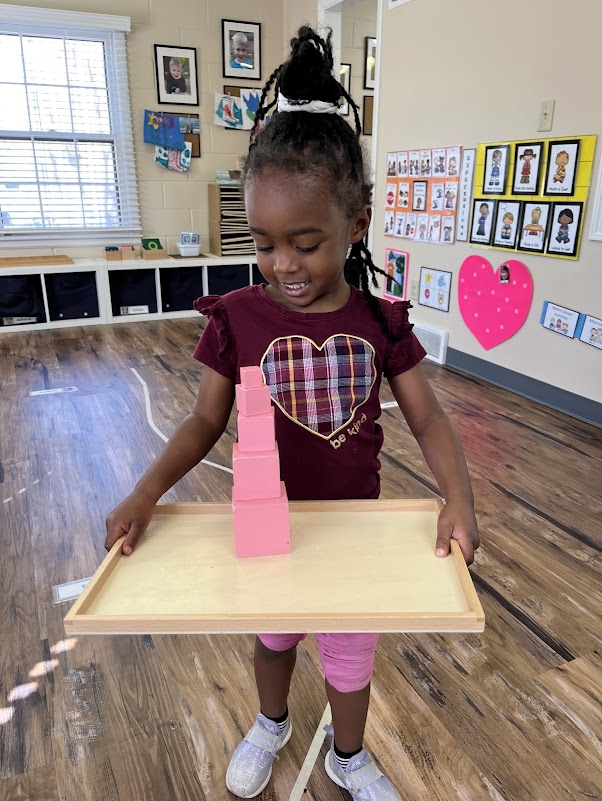
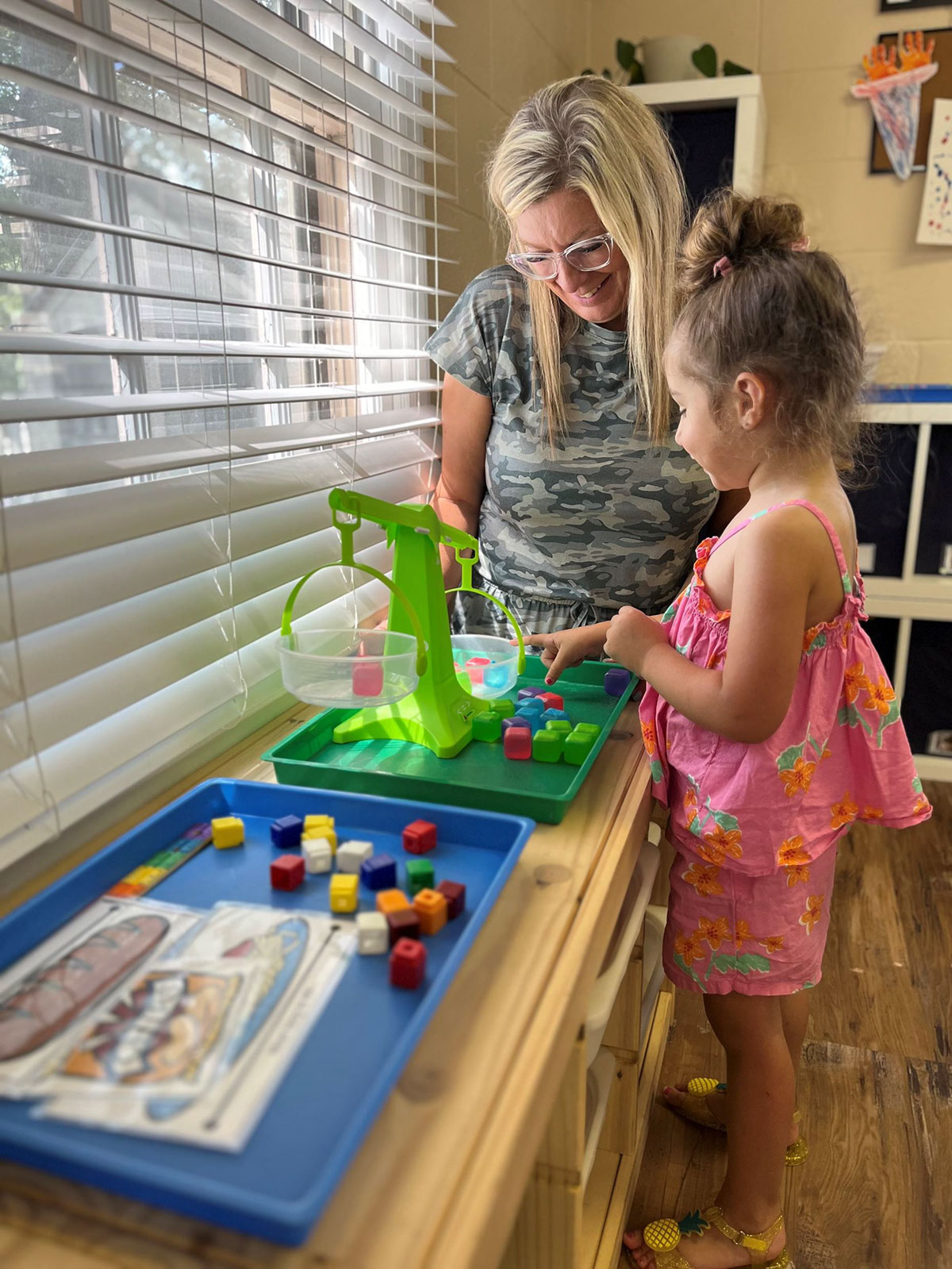
Teaching STEAM Concepts
Our teachers are committed to providing a comprehensive hands-on STEAM education that prepares children for future success.
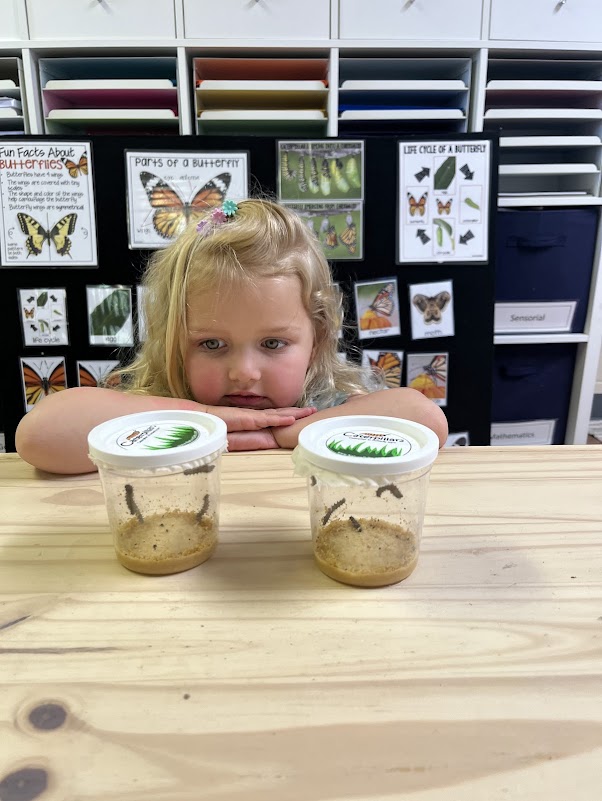
Guiding, Collaborating, and Curiosity
Facilitate and Guide: Teachers create curriculum for STEAM project. They also act as facilitators, encouraging children to wonder, ask questions, and make discoveries. They avoid giving direct answers, allowing children to take responsibility for their learning and develop self-sufficiency.
Use STEAM Vocabulary: Incorporating STEAM language into everyday interactions helps children integrate these terms into their communication. Phrases like “observe,” “predict,” “compare,” “test,” “experiment,” and “record” become part of their vocabulary.
Connect Lessons to Real-Life Experiences: Linking STEAM lessons to real-life experiences makes concepts more relatable and engaging. For example, reenacting a solar eclipse with everyday objects helps children understand the positions of the sun, earth, and moon.
Master Your Questioning Technique: Asking open-ended questions that prompt discussion and observation encourages deeper thinking. Questions like “What happened?” or “Why do you think that happened?” stimulate thoughtful responses and engagement.
Increase Collaboration: STEAM activities often involve teamwork, teaching children skills like cooperation, listening, and turn-taking. Collaborative projects enhance learning and foster a sense of community.
Embrace Failure: Failure is a valuable part of the learning process. Children learn resilience and problem-solving by understanding what didn’t work and trying new approaches. Encouraging them to view failure as an opportunity for growth helps them embrace challenges confidently.
Join Our STEAM Program
Our STEAM program integrates hands-on learning with the Montessori approach, ensuring each child develops critical thinking, creativity, and a love for learning.
